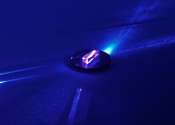Physicists develop new theorems to describe the energy landscape formed when quantum particles gather together
An international team of physicists, centered at Trinity, has proven new theorems in quantum mechanics that describe the "energy landscapes" of collections of quantum particles.









